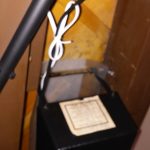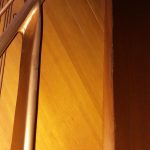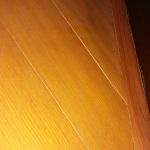I am often asked if I recommend piano climate control systems to be installed into a piano. No, I do not. I am one of the very few technicians who will take this position. It is for good reason. My reasons, straight out, are this – in some cases they will increase tuning stability but I have found that 100% of the time, over long term, they will cause damage. I am saying this from the point of over 40 years of observation.
In some situations climate control systems can be useful devices, but in most cases they are installed recklessly and unnecessarily. The manufacturers of the most popular climate control system have express to me that their biggest challenge is to see that their product is being used in the correct application and installed as intended. As a field technician I sympathize with them since most of what I see is detrimental to their cause.
The driving force behind the sale of these products is incentive for add-on sales by stores and technicians.
The best way to acclimatize a piano is to control the environment in which it is place. In some cases, such as with institutions and large halls, it is difficult to do this. In this case, the risks and rewards need to be evaluated and the lesser of two evils must be selected. If the selection is to install a climate control system than it must be done correctly.
The images on this page show a terrible situation involving a Steinway “B” concert grand belonging to a client of mine. Someone came along and installed a climate control system and it has caused severe damage to an otherwise magnificent instrument.
There was absolutely no need to install this system on this piano. The piano sits in a 7 figure house with a state-of-the-art heating and air cooling system. As you can see from the images the soundboard is damaged directly above the area where the water tank is located. This is what I find with most installations.
Pianos must be treated in a uniform manor with regard to humidity. The humidity needs to be kept constant in the area surrounding the piano. In the installation shown the humidity is concentrated in a small area of the soundboard. Sadly, this is the case in most installations.
I suggest thinking very carefully about installing one of these systems in your piano. If a system is absolutely necessary, consult with an experienced and competent technician with experience in climate control and piano climate control system installation before making a decision. Consider instead acclimatizing the entire room with air cooling and heating.
Areas where the winters are long the air becomes dangerously dry the problem is easily remedied by humidification of the entire room or house. In climates of high humidity, consider a central or room unit cooling system.
Remember, however, that the key factor is stability. I maintain instruments for clientele in the northeaster US as well as in the southwest. Each climate is opposite the other. Regardless of the humidity difference between the regions I have found that minimizing the fluctuation in relative humidity within a 12 month period by keeping it within a 25% variance, pianos will not need a climate control system.



